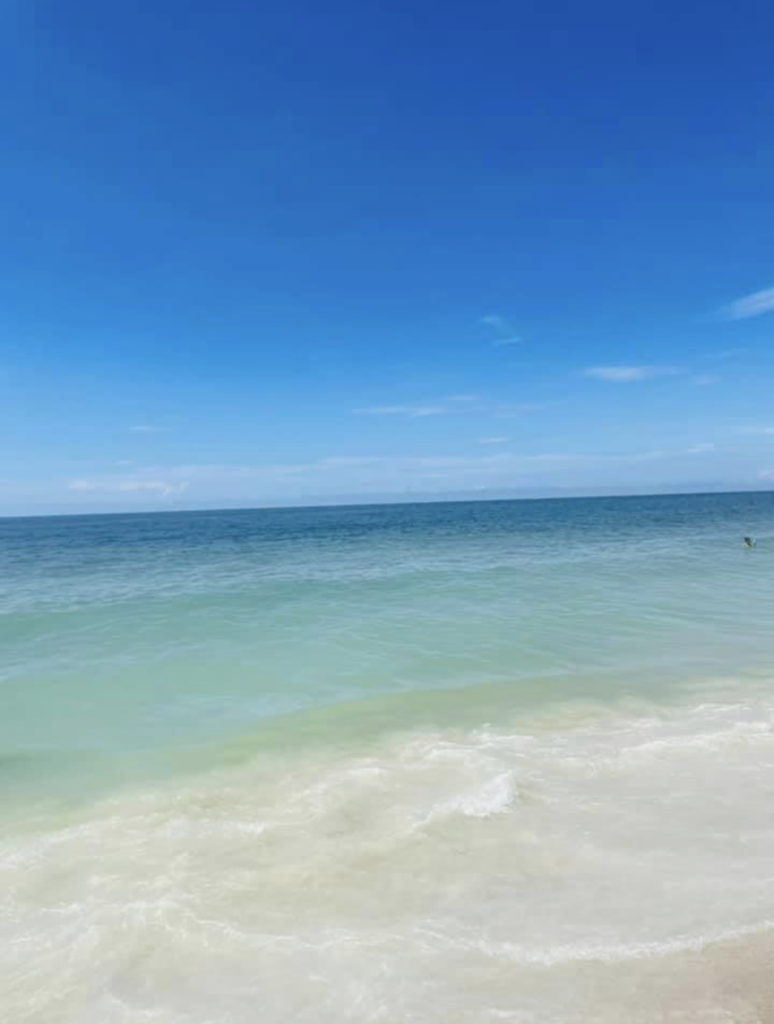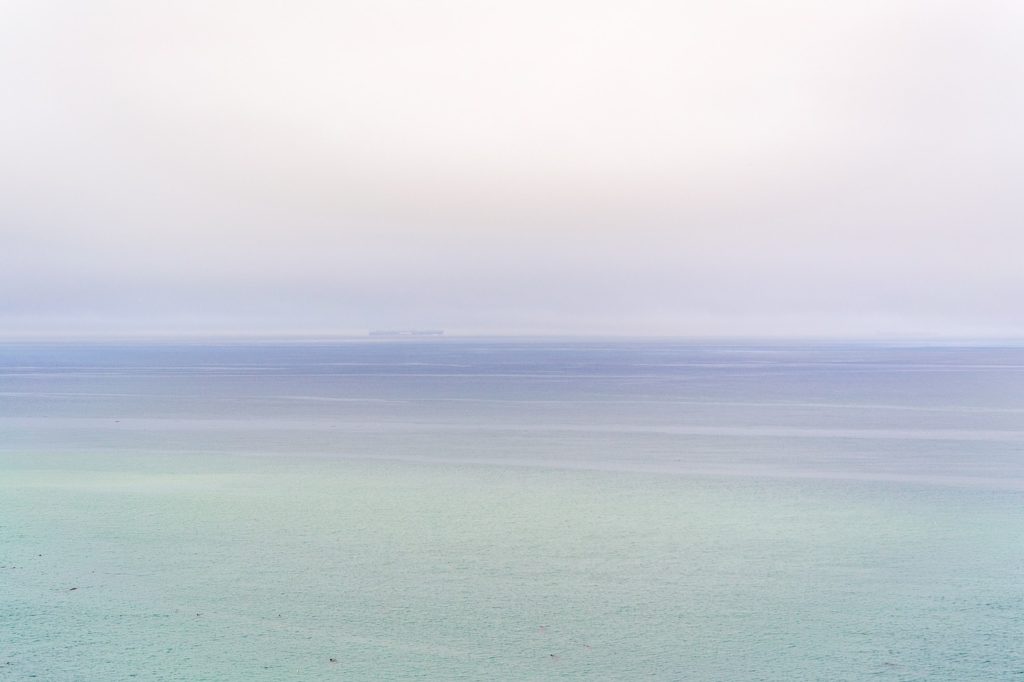Ever wonder why the gulf coast area is called the emerald coast? The area between Northwest Florida and gulf coast Alabama boasts some of the most beautiful beaches, however the water can be quite different in just a mere 200 mile stretch.
Much of the color we perceive when we look out at the clear-green waters of the Gulf of Mexico has to do with the sand lying beneath it as discussed is our previous post. As for the water color, we owe that to harmless, sun reflecting micro-algae that are found in the shallow waters off of our beaches! The plankton produce chlorophyll, which gives off the beautiful greenish color when the sun’s light hits the water and underlying white quartz sand.

Alabama beaches are affected by multiple factors
1. The proximity of Alabama’s beaches to the mouth of the Mississippi River – The discharge from the Mississippi River is murky, dark. Due to steering currents in the northern Gulf of Mexico, that water sometimes makes its way to the beaches of Baldwin and Mobile counties. As a result, you get water that isn’t very clear; it looks more like what you get along the East Coast.
2. Presence of microscopic plankton along the Emerald Coast – The amount of sunlight, the clarity of the water, the amount of plankton present at a particular beach, and weather-related conditions like wind speed and direction, waves and recent rainfall all play a role in determining just how emerald the water is.
3. Choctawhatchee Bay in Destin – Rivers that empty into the bay contain sediment and that murkier water we talked about above. But due to the bay’s geographic location, it acts as a filter to prevent that murky water from making it to the beaches.
The best chance to see those clear emerald green sea colors in Orange Beach or Gulf Shores is during a calm, sunny day with an east wind.

